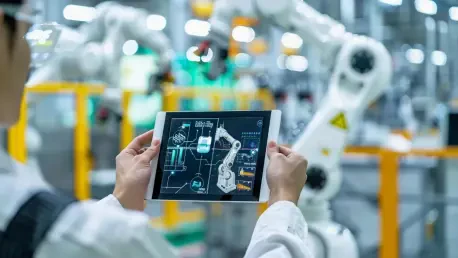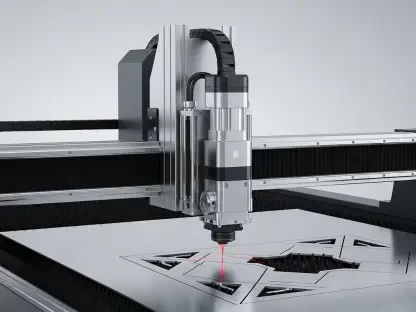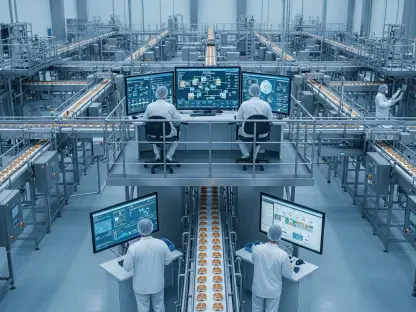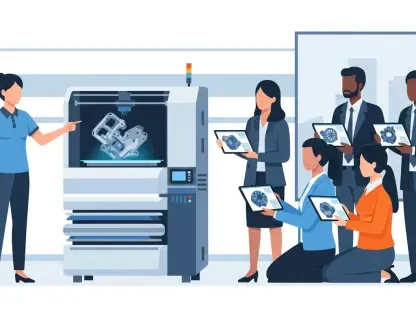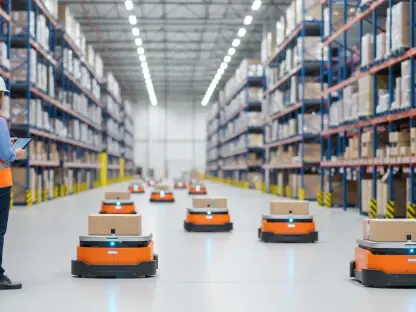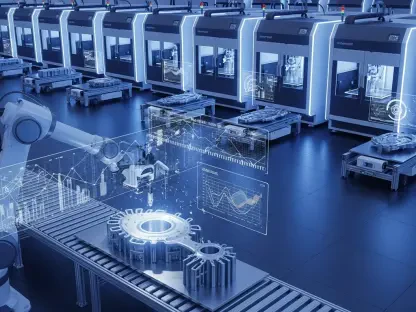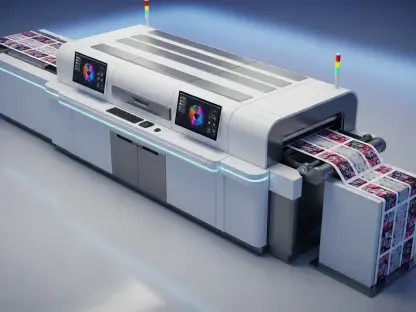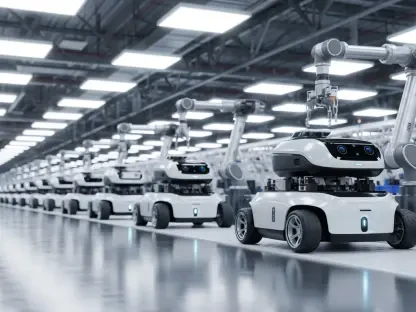In recent years, smart technologies have profoundly reshaped the landscape of life sciences manufacturing, marking a paradigm shift in how products are developed and distributed. As manufacturers grapple with the ongoing need to enhance quality, drive efficiency, and overcome workforce barriers, it becomes imperative to explore how these innovations are addressing industry challenges and shaping the future trajectory.
Unlocking Tomorrow: The Technological Revolution in Manufacturing
The integration of smart technologies in life sciences manufacturing has set the stage for a groundbreaking transformation across the industry. This analysis delves into why these technologies are crucial, driven by increasing demands for quality and efficiency amidst a backdrop of volatile market conditions. Understanding this context is paramount, as manufacturers seek to strike a balance between innovation and compliance, fostering a new era of resilient and dynamic operations.
Current Market Landscape and Emerging Trends
Driving Quality and Operational Excellence
At the heart of recent advancements lies an industry-wide push for enhancing product quality and operational excellence. Smart technologies have been instrumental in this pursuit, with surveys indicating that 50% of manufacturers experience notable quality improvements. Emphasized by the ability to monitor quality in real-time, these technologies enable companies to preemptively tackle potential issues. Despite these benefits, many manufacturers still struggle with data utilization, as evidenced by only 46% effectively leveraging the insights collected. This challenge highlights a critical area for growth as organizations aim to fully capitalize on data-driven insights to boost operational efficiency.
Navigating Workforce Evolution Through Technological Integration
The evolution of workforce dynamics within the life sciences manufacturing sector is intrinsically linked to the adoption of AI and automation. The prevalent shortage of skilled labor is being addressed through these technologies, which seamlessly take on routine tasks and allow existing personnel to focus on more strategic roles. This technological shift necessitates a comprehensive workforce evolution, as proficiency in STEM disciplines becomes increasingly crucial. Key strategies include re-skilling existing employees to adapt to new roles and leveraging AI to bridge skill gaps. This transition offers a dual benefit: resolving labor shortages while elevating organizational efficiency and innovation.
Overcoming Challenges and Surpassing Roadblocks
Despite its formidable potential, the journey toward smart manufacturing is fraught with complexities, including regional disparities in regulatory environments and market expectations. Companies must navigate these challenges to adopt innovative methodologies like digital twins and generative AI fully. These tools promise not only enhanced quality but also faster time-to-market advantages. Simultaneously, cybersecurity remains a pressing concern, with a significant portion of manufacturers planning to employ AI and machine learning to secure operational technology assets. Properly addressing these obstacles is essential for seamless integration, ensuring that the full spectrum of smart technologies can be harnessed effectively.
Looking Ahead: Industry Projections and Future Possibilities
The life sciences manufacturing industry stands on the cusp of further transformation as new trends and technologies emerge. Generative AI and digital twins are poised to redefine the sector, offering unprecedented improvements in process efficiency and shortening innovation cycles. Industry experts predict that regulatory changes and evolving economic landscapes will also significantly influence this trajectory. As organizations strive to integrate smart technologies more deeply, they must prepare for both opportunities and challenges, maintaining a strategic focus on sustainable growth and adaptability.
Strategic Recommendations for Future Success
From this analysis, clear strategic insights emerge for businesses within the life sciences manufacturing sector. A primary recommendation is for manufacturers to enhance their ability to utilize collected data effectively, facilitating real-time decision-making and operational optimization. In tandem, addressing cybersecurity risks becomes crucial to protect vital assets through AI-driven security solutions. Moreover, investing in workforce development by equipping employees with necessary STEM skills will effectively bridge talent gaps. By prioritizing these approaches, manufacturers can successfully navigate the evolving technological landscape and ensure continued competitiveness and growth in the market.
Reflecting on Technological Advancements and Industry Growth
Reflecting on these findings, it becomes evident that smart technologies have made a considerable impact on life sciences manufacturing. As these technologies matured, their influence on enhancing quality and workforce dynamics deepened. Adapting to this rapidly changing environment was crucial for maintaining competitiveness. Future considerations would involve a firm commitment to embracing technological advancements, positioning businesses strategically for sustained success and innovation in the global market.
